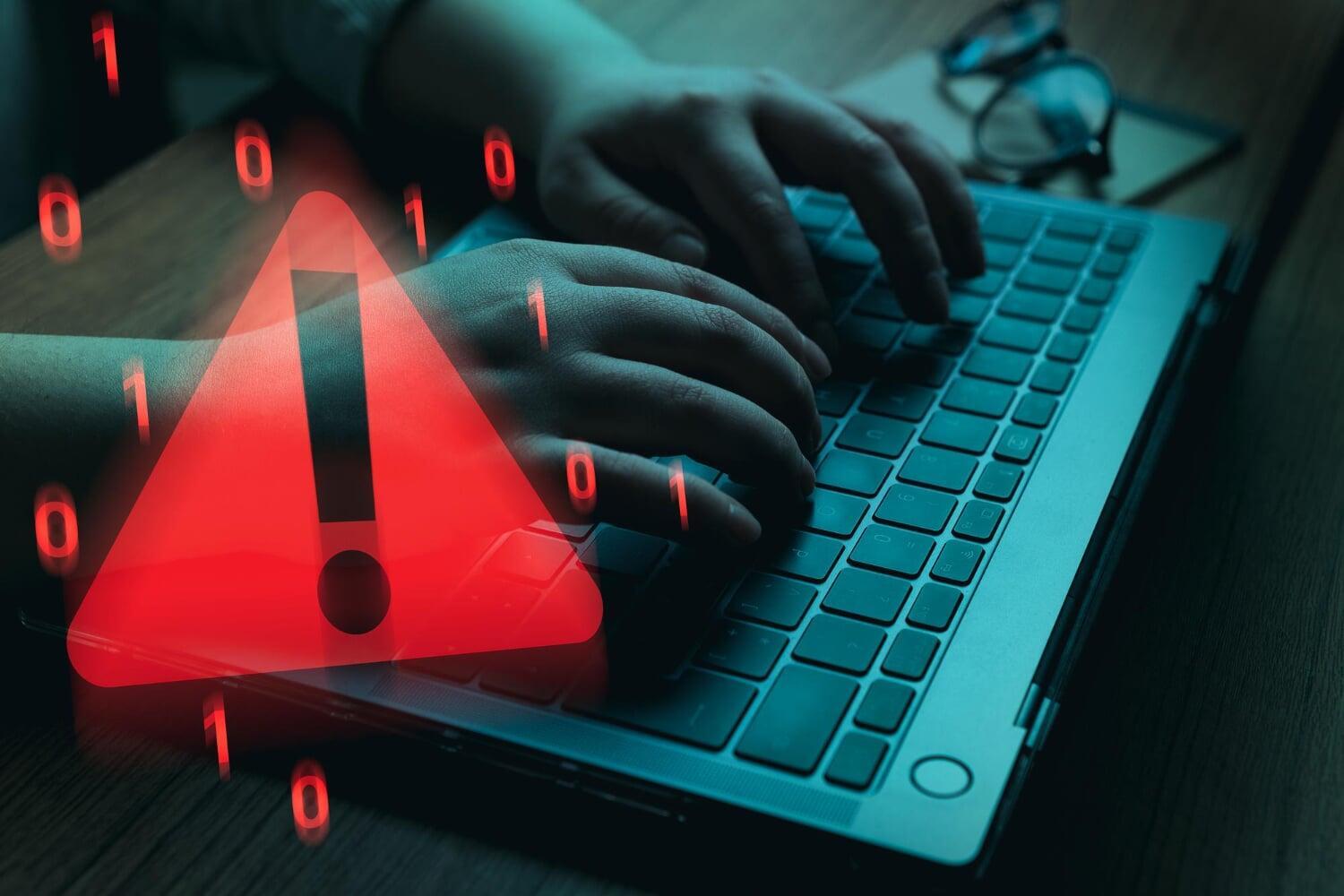
A New Era of Cyber Threats
The digital battlefield is evolving, and so are the tactics of cybercriminals. With the rise of intelligent automation and advanced computing models, attackers now have the ability to generate highly targeted and adaptive threats at an unprecedented scale. While technology has long played a role in cybersecurity, the latest advancements are shifting the balance, making traditional defences increasingly ineffective.
Chief Information Security Officers (CISOs), Chief Information Officers (CIOs), and Chief Technology Officers (CTOs) must now ask: Are existing security measures strong enough to combat threats that evolve in real-time?
A Powerful Tool in the Hands of Attackers:
A Powerful Tool in the Hands of Attackers:
Sophisticated computing models, such as DeepSeek’s R1, have demonstrated remarkable capabilities in generating text, images, and even code. However, security tests conducted by Cisco and the University of Pennsylvania revealed alarming vulnerabilities—DeepSeek’s R1 failed to detect or block any malicious prompts, allowing attackers to bypass safety measures every single time.
This raises a critical concern: When technology designed to enhance security can also be exploited, how can enterprises ensure their defences remain intact?
Cybercriminals now automate attacks with minimal effort, generating thousands of phishing variations or mutating malware to avoid detection. These tools allow them to
· Create highly personalized phishing emails that mimic legitimate communication.
· Test and refine attack strategies before launching them.
· Bypass traditional security filters through endless variations of malicious content.
With conventional cybersecurity measures struggling to keep up, enterprises must rethink how they approach defence.
Why Existing Defences Are Falling Short
Why Existing Defences Are Falling Short
Most cybersecurity frameworks were built to counter known attack patterns. Signature-based detection tools, designed to recognize threats based on existing malware databases, are quickly becoming obsolete. Automated adversaries don’t rely on fixed attack vectors—they create entirely new ones, making traditional security models ineffective.
Additionally, security response mechanisms often lack the speed needed to counter rapidly evolving threats. While legacy tools flag suspicious activity, they struggle to provide real-time adaptability, leaving organizations vulnerable to fast-moving attacks.
For security leaders, sticking to conventional defences is no longer an option
For security leaders, sticking to conventional defences is no longer an option
A Call for Expert-Led Cybersecurity Solutions
A Call for Expert-Led Cybersecurity Solutions
Given the scale and sophistication of today’s threats, enterprises must move beyond reactive security models. Managed Security Service Providers (MSSPs) equipped with advanced analytics and real-time threat monitoring offer a crucial advantage.
With intelligent automation integrated into their security frameworks, MSSPs can
· Identify evolving attack patterns before they escalate.
· Analyze vast datasets to recognize anomalies instantly.
· Automate responses to contain threats before they spread.
By shifting from detection to prediction, enterprises can stay ahead of cybercriminals rather than constantly reacting to their next move.
The Need for Stronger Risk Management Frameworks
The Need for Stronger Risk Management Frameworks
To counter threats that continuously adapt, organizations must adopt comprehensive risk management frameworks. The National Institute of Standards and Technology (NIST) has already introduced structured guidelines to help enterprises establish security benchmarks for modern computing models.
A robust framework should
· Continuously assess security models for weaknesses.
· Define clear security thresholds for automated systems.
· Update protective measures based on emerging threats.
By embedding security into the foundation of intelligent computing, businesses can ensure new technologies enhance their protection rather than expose them to greater risks.
Challenges in Adopting AI-Enhanced Security
Challenges in Adopting AI-Enhanced Security
While advanced algorithms strengthen cybersecurity, they also introduce new concerns. Malicious actors are already leveraging automation to make attacks more sophisticated.
Key risks include
· Deepfake and hyper-personalized phishing scams that evade detection.
· Self-learning malware capable of adapting to security protocols in real time.
· Ethical dilemmas surrounding data privacy, surveillance, and bias in automated threat detection.
The paradox is clear: As security tools become more advanced, so do the threats they must counter. This demands a constant evolution of defence strategies.

The cyber threat landscape is shifting faster than ever. Traditional reactive security models are no longer sufficient against threats that evolve in real time. Security leaders must ask themselves:
· Is my organization equipped to handle constantly adapting cyber threats?
· Are existing security tools still relevant against today’s attack techniques?
· How can we integrate automation-driven defences without creating new vulnerabilities?
CISOs, CIOs, and CTOs must act now. By partnering with MSSPs, leveraging predictive analytics, and adopting adaptive security frameworks, enterprises can stay ahead of attackers rather than chasing them.
The future of cybersecurity is not about whether technology will be involved—it’s about whether your organization is prepared to counter it.

